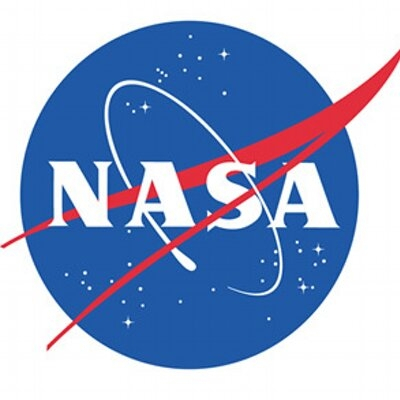
Jim Bridenstine, NASA's chief administrator has revealed that the space agency's upcoming manned lunar mission named Artemis will help humans to land anywhere on the moon. It should be noted that NASA's Apollo manned moon missions that spanned from 1969 to 1972 helped humans to land on the same equatorial region of the moon as the Apollo Command Modules were designed to operate in a single orbit.
Due to this limitation of the Apollo program, humans landed on specific areas spanning only about six percent of the moon's total surface.
"When we go forward to the Moon, we want the ability to land anywhere we want.. To do so, we need a modern landing system that we can reuse, refuel and refurbish in space. That system will be staged at the Gateway in lunar orbit – our command module to support robotic and human exploration on the lunar surface and mission farther into the solar system. We will accelerate our return to the Moon by 2024 and establish a foundation for sustainable human presence by 2028," said Bridenstine in a recent blog post.
As per Bridenstine, landing anywhere on the lunar surface will help to know more about the resources available on the moon, and it will, in turn, reduce the amount of supplies that should be sent from the earth during space missions.
Bridenstine added that building a permanent base on the moon as a part of the Artemis program will help humans to achieve the ultimate goal of Mars colonization. The NASA administrator also made it clear that astronauts' safety will be given prime importance in the upcoming lunar missions.
"We know much more about the Moon now than we did in the 1960s, so we can address these risks technically and operationally," added Bridenstine.
However, some sceptics believe that NASA will not land on the moon within the stipulated deadline due to lack of planning and funding. As per these sceptics, the upcoming human moon landing will be delayed and could be materialized only after 2030, considering the current action plan of NASA.









